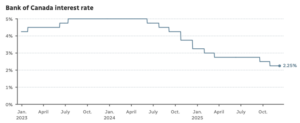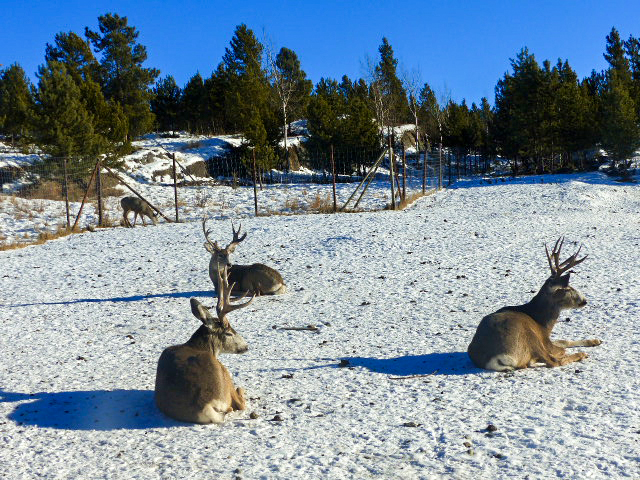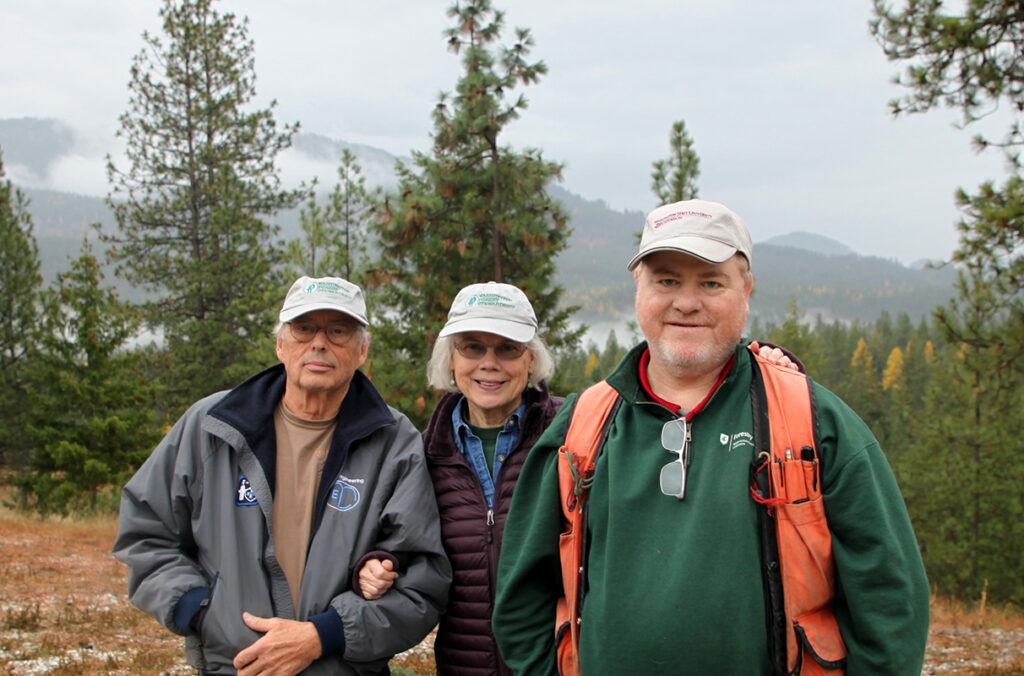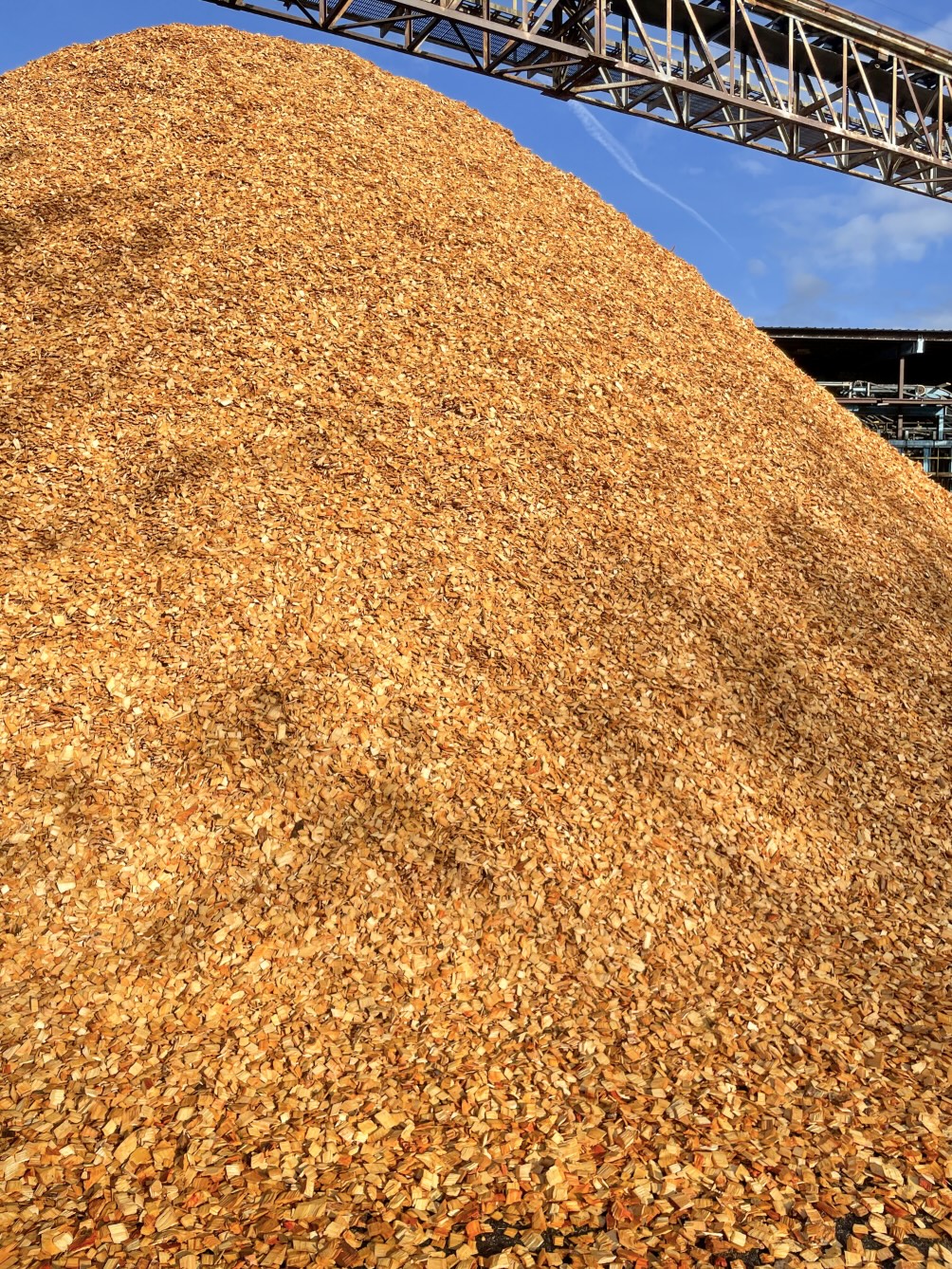
BC’s NDP government plans to amend its Declaration on the Rights of Indigenous Peoples Act (DRIPA) after a Court ruled that it must serve as a binding lens on all provincial laws. Notable commenters include:
- Rob Shaw (BIV): The unintended consequences of DRIPA
- Vaughn Palmer (Vancouver Sun): Was Eby really surprised?
- Chief Terry Teegee in Global News: DRIPA amendments would have a negative impact
In other Business news: Ontario invests in biomass heating, and biocoal from forest biomass projects; BC’s independent lumber manufacturers’ survival is threatened; US cabinetmakers say Canada is a conduit for Chinese products; and West Fraser’s Al Caputo is retiring after 40 years. Meanwhile, Canada holds firm on interest rates, while the US expects to make a cut.
In Forestry/Climate news: a Nature study projecting climate costs has been retracted over analytical flaws—sparking debate over what the revised figures will show; and America’s ponderosa pine is in decline due to climate change and wildfires.
Finally, a new book by professor Trent Preszler: Evergreen, The Trees That Shaped America.
Kelly McCloskey, Tree Frog News Editor
 As US President Trump sticks with his campaign of tariffs on imports from Canada, some American industries are accusing Canadian competitors of using cheap materials from China in ways that violate free trade rules and undercut U.S. companies. The accusations emerged during recent public hearings in Washington into the future of the Canada-U.S.-Mexico Agreement (CUSMA). …Luke Meisner, counsel for the American Kitchen Cabinet Alliance, told the hearings that Canada and Mexico have become conduits for products from China, circumventing the hefty countervailing duties the US imposed on Chinese-made cabinets and materials in 2020. …Over the past five years, Canada “dramatically increased” its imports of made-in-China cabinets and cabinet materials — such as plywood, medium-density fibreboard (MDF) and moulding — while at the same time boosting exports of finished cabinets to the US, Meisner said. …The Canadian Kitchen Cabinet Association defends its products as Canadian-made.
As US President Trump sticks with his campaign of tariffs on imports from Canada, some American industries are accusing Canadian competitors of using cheap materials from China in ways that violate free trade rules and undercut U.S. companies. The accusations emerged during recent public hearings in Washington into the future of the Canada-U.S.-Mexico Agreement (CUSMA). …Luke Meisner, counsel for the American Kitchen Cabinet Alliance, told the hearings that Canada and Mexico have become conduits for products from China, circumventing the hefty countervailing duties the US imposed on Chinese-made cabinets and materials in 2020. …Over the past five years, Canada “dramatically increased” its imports of made-in-China cabinets and cabinet materials — such as plywood, medium-density fibreboard (MDF) and moulding — while at the same time boosting exports of finished cabinets to the US, Meisner said. …The Canadian Kitchen Cabinet Association defends its products as Canadian-made.


 The Bank of Canada is holding its key interest rate at 2.25%, a move that was widely expected after an encouraging round of third-quarter data showed the Canadian economy has withstood some trade war-induced turmoil. Central bank governor Tiff Macklem wrote in his opening remarks that the current rate is at “about the right level” to give the economy a boost while also keeping inflation close to its 2% target rate. Canada’s economy proved more hardy than expected in the third quarter, with GDP and jobs growth beating expectations, and the unemployment rate dropping to 6.5% in November. Inflation is hovering just above 2%, and the Bank of Canada’s core measures of inflation are trending closer to 3%. While the steel, aluminum, auto and lumber sectors have been pummelled by US tariffs, which is weighing more broadly on business investment, “the economy is proving resilient overall,” Macklem said.
The Bank of Canada is holding its key interest rate at 2.25%, a move that was widely expected after an encouraging round of third-quarter data showed the Canadian economy has withstood some trade war-induced turmoil. Central bank governor Tiff Macklem wrote in his opening remarks that the current rate is at “about the right level” to give the economy a boost while also keeping inflation close to its 2% target rate. Canada’s economy proved more hardy than expected in the third quarter, with GDP and jobs growth beating expectations, and the unemployment rate dropping to 6.5% in November. Inflation is hovering just above 2%, and the Bank of Canada’s core measures of inflation are trending closer to 3%. While the steel, aluminum, auto and lumber sectors have been pummelled by US tariffs, which is weighing more broadly on business investment, “the economy is proving resilient overall,” Macklem said. The US Federal Reserve is poised to deliver its third straight interest rate cut Wednesday, while simultaneously firing a warning shot about what’s ahead. Following a period of remarkable indecision about which way central bank policymakers would lean, markets have settled on a quarter-percentage point reduction. If that’s the case, it will take the Fed’s key interest rate down to a range of 3.5% to 3.75%. However, there are complications. The rate-setting Federal Open Market Committee is split between members who favor cuts as a way to head off further weakness in the labor market and those who think easing has gone far enough and threatens to aggravate inflation. That’s why the term “hawkish cut” has become the buzzy term for this meeting. In market parlance, it refers to a Fed that will reduce, but deliver a message that no one should be holding their breath for the next one.
The US Federal Reserve is poised to deliver its third straight interest rate cut Wednesday, while simultaneously firing a warning shot about what’s ahead. Following a period of remarkable indecision about which way central bank policymakers would lean, markets have settled on a quarter-percentage point reduction. If that’s the case, it will take the Fed’s key interest rate down to a range of 3.5% to 3.75%. However, there are complications. The rate-setting Federal Open Market Committee is split between members who favor cuts as a way to head off further weakness in the labor market and those who think easing has gone far enough and threatens to aggravate inflation. That’s why the term “hawkish cut” has become the buzzy term for this meeting. In market parlance, it refers to a Fed that will reduce, but deliver a message that no one should be holding their breath for the next one.
 These letters are all in today’s Victoria Times Colonist “Letters” section:
These letters are all in today’s Victoria Times Colonist “Letters” section: I have great sympathy for mill workers in Crofton and Chemainus and the other 43 mills in towns throughout B.C. that have closed because there is “insufficient viable fibre supply.” This statement is smoke to hide the fact that the companies, with the complicity of the province, have over-harvested the forest since at least the 1970s. Second-growth trees are not as voluminous as virgin timber. Second-growth is harvested in a last gasp to get as much profit from the woods before shuttering mills due to “insufficient viable fibre supply”. The forest sector has made high profits and paid tariffs and softwood lumber duties since the 1980s, and now that the merchantable timber is gone, the blame is being transferred. …This situation even has a name — “The Fall Down Effect” — and has been predicted since the 1970s. …Timber processing will have to adapt to less volume and evolve toward greater value added.
I have great sympathy for mill workers in Crofton and Chemainus and the other 43 mills in towns throughout B.C. that have closed because there is “insufficient viable fibre supply.” This statement is smoke to hide the fact that the companies, with the complicity of the province, have over-harvested the forest since at least the 1970s. Second-growth trees are not as voluminous as virgin timber. Second-growth is harvested in a last gasp to get as much profit from the woods before shuttering mills due to “insufficient viable fibre supply”. The forest sector has made high profits and paid tariffs and softwood lumber duties since the 1980s, and now that the merchantable timber is gone, the blame is being transferred. …This situation even has a name — “The Fall Down Effect” — and has been predicted since the 1970s. …Timber processing will have to adapt to less volume and evolve toward greater value added.
 Further testing has confirmed that a sample submitted from a male white-tailed deer harvested east of Enderby is negative for chronic wasting disease (CWD). CWD is an infectious and fatal disease affecting cervids, including deer, elk, moose and caribou. The initial screening test by the B.C. Animal Health Centre showed a “non-negative” finding for the sample, meaning the disease could not be definitively ruled out and required more testing. Following standard protocol, the sample was sent to the Canadian Food Inspection Agency reference laboratory for confirmatory testing. The laboratory conducted confirmatory testing using three different methods. All results were negative for CWD.
Further testing has confirmed that a sample submitted from a male white-tailed deer harvested east of Enderby is negative for chronic wasting disease (CWD). CWD is an infectious and fatal disease affecting cervids, including deer, elk, moose and caribou. The initial screening test by the B.C. Animal Health Centre showed a “non-negative” finding for the sample, meaning the disease could not be definitively ruled out and required more testing. Following standard protocol, the sample was sent to the Canadian Food Inspection Agency reference laboratory for confirmatory testing. The laboratory conducted confirmatory testing using three different methods. All results were negative for CWD.

 Welcome to the Wood Pellet Association of Canada’s Fall 2025 newsletter. We hope you enjoy reading it, and we welcome your feedback. The Headlines:
Welcome to the Wood Pellet Association of Canada’s Fall 2025 newsletter. We hope you enjoy reading it, and we welcome your feedback. The Headlines: Pulp and paper mills sit at the intersection of several decarbonization pressures. …This makes them tempting targets for hydrogen developers who are trying to find new markets… In Prince George the firm Teralta attempted what was possibly the only hydrogen-for-energy scheme in British Columbia with a chance of working. Their idea was to capture hydrogen produced as a by-product by the nearby chemical plant Chemtrade (from its sodium-chlorate process), purify and pipe it about 500 metres to a nearby pulp mill owned by Canfor. …The
Pulp and paper mills sit at the intersection of several decarbonization pressures. …This makes them tempting targets for hydrogen developers who are trying to find new markets… In Prince George the firm Teralta attempted what was possibly the only hydrogen-for-energy scheme in British Columbia with a chance of working. Their idea was to capture hydrogen produced as a by-product by the nearby chemical plant Chemtrade (from its sodium-chlorate process), purify and pipe it about 500 metres to a nearby pulp mill owned by Canfor. …The  Federal funding of nearly $460,000 will enable Bingwi Neyaashi Anishinaabek to move forward with the installation of a district biomass heating system in the community. The project is one of 10 being supported with $4.8 million from FedNor’s Northern Ontario Development Program, announced Dec. 5. Bingwi Neyaashi Anishinaabek — also known as Sand Point First Nation — has been
Federal funding of nearly $460,000 will enable Bingwi Neyaashi Anishinaabek to move forward with the installation of a district biomass heating system in the community. The project is one of 10 being supported with $4.8 million from FedNor’s Northern Ontario Development Program, announced Dec. 5. Bingwi Neyaashi Anishinaabek — also known as Sand Point First Nation — has been 

